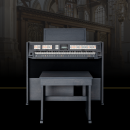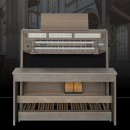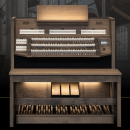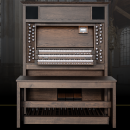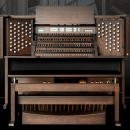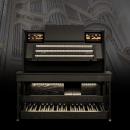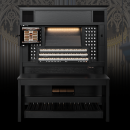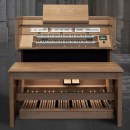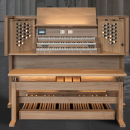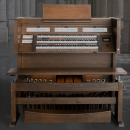Görlitz Peterskirche
In 1691, the Church of St. Peter and Paul was severely damaged by a fire. Starting in 1697, Eugenio Casparini and his son Adam Horatio began constructing a new organ. This organ had 57 stops divided across three manuals and a pedal. The organ case, designed by Johann Conrad Buchau, contained 17 suns behind which pipes of equal length were placed. Twelve of these pipes produced individual tones of the unique pedal mixture. The organ was inaugurated in 1703, and in 1704, Christian Ludwig Boxberg wrote a detailed description of the instrument.
A famous organ
The organ attracted a lot of attention. In 1715, Tsar Peter I of Russia was so impressed by the instrument that he commissioned Boxberg to design a “Monstre Orgue” for Saint Petersburg. However, this organ was never built. Johann Sebastian Bach, on the other hand, called it a “horse organ” due to its heavy playability. Similarly, Johann Andreas Silbermann criticized it in 1741. Even in the late 19th century, the unusual construction of the wind chests continued to arouse interest. These wind chests were divided into compartments with wind partitions and had valves on the sides that opened upwards, which contributed to the heavy playability.

Görlitz Peterskirche
Specifications
General
- Casparini/Mathis, 1704/2024
- 4 manuals
- 96 stops
